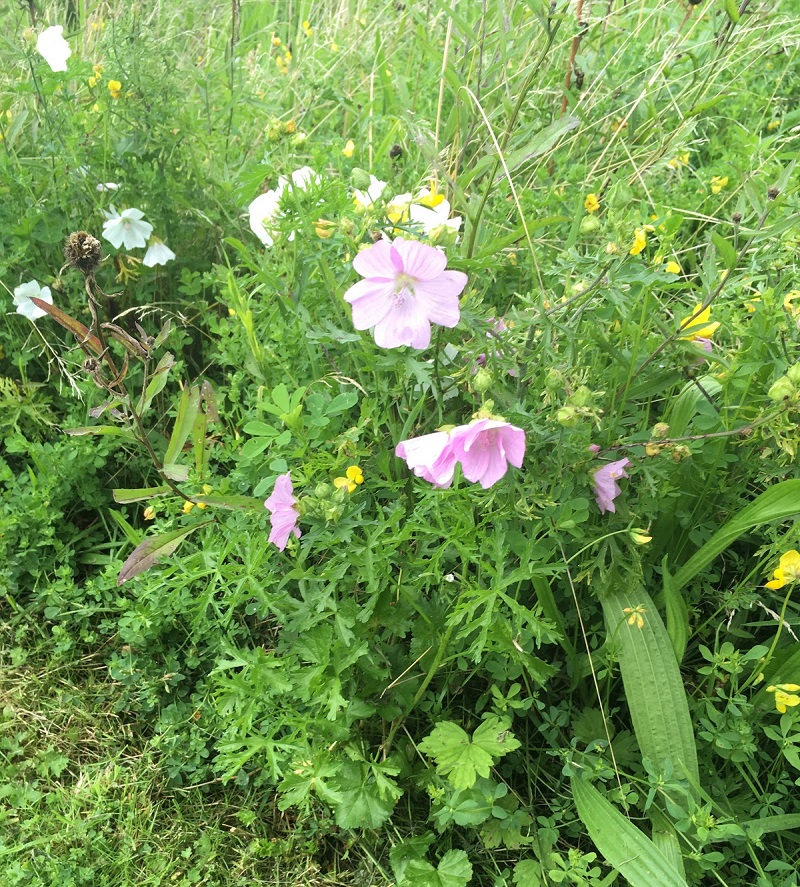Meadfleet is working to improve biodiversity on a number for different sites. Wildflower meadows are important for encouraging and improving biodiversity and are a way of attracting and supporting a range of different species. The meadows are also pleasing to the eye, with a variety of colours, shapes and fragrances on display as well as offering interesting changes throughout the seasons.
Meadfleet focuses on working with housebuilders in order to look after public open spaces on development sites. During the planning stage of a development, certain habitats are created, or specific planting arrangements are planned, which can include wildflower areas. The organisation works to make sure that any ecological requirements on a development as a part of the planning permission are implemented and maintained throughout the lifetime of the development.
Wildflowers and nectar rich plants are vital to support the dwindling populations of a range of different pollinators including butterflies, moths and bees. The flowers are also vital to sustain a range of other insects that assist with the pollination of our food crops. The presence of wildflower meadows is becoming increasingly vital in ever expanding built up environments in order to help natural pollinators and wildlife to survive. Wildflower areas in built up regions offer food plants as well as habitat that is suitable to lay eggs and for caterpillars that will then grow into moths and butterflies to be the future pollinators. Tall vegetation also offers good resting places for other insects that are beneficial to the ecosystem such as spiders, lacewings and ladybirds. These creatures help to control pests in gardens as well as in commercial crop fields.
On top of this protection for pollinators and insects Wildflowers also offer food and nesting material for birds., cover for amphibians such as newts, frogs and toads and support including cover, food and nesting materials for small mammals.
Meadfleet has implemented nationwide guidance to be use by regional managers in order to improve the structure and species diversity and visual appeal of the areas on a development. It is also important that the residents of these developments are better educated about the lifecycle of wildflower meadows and their developments.


